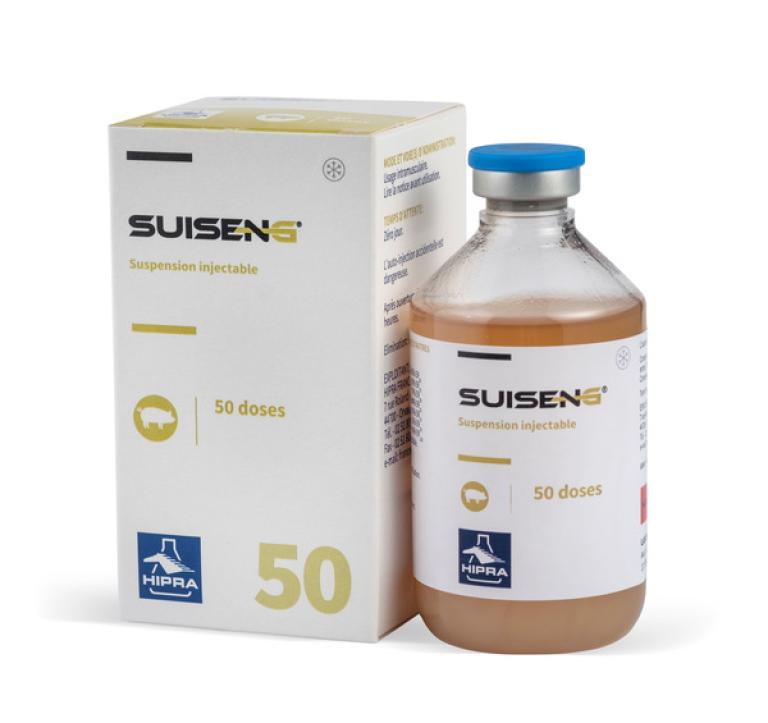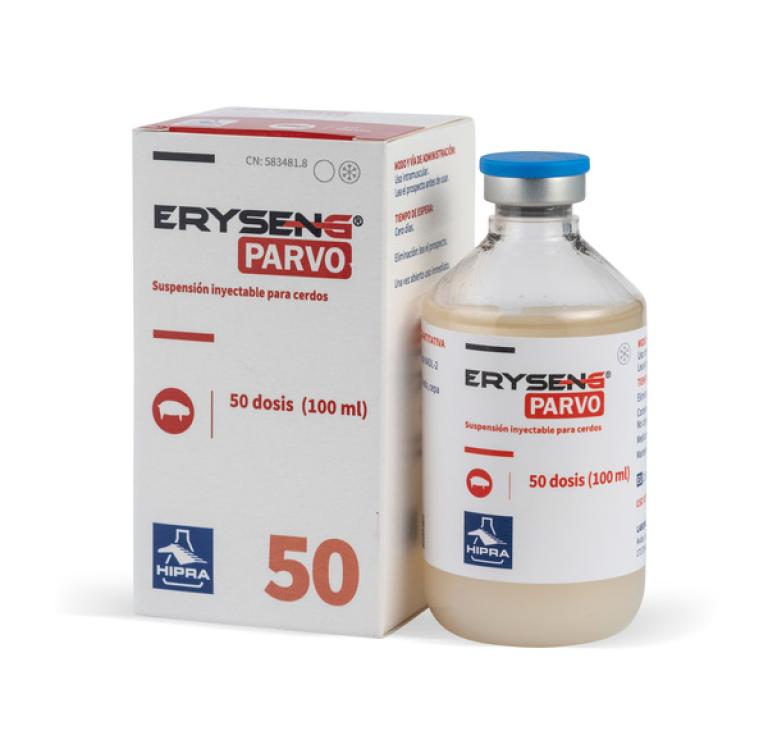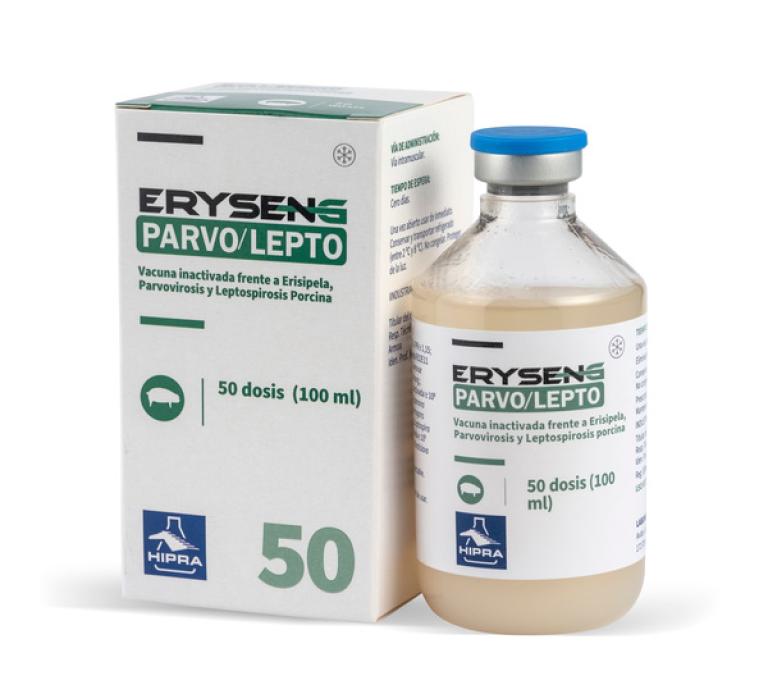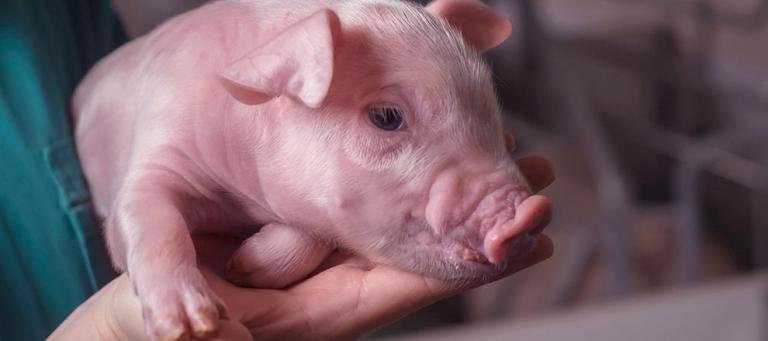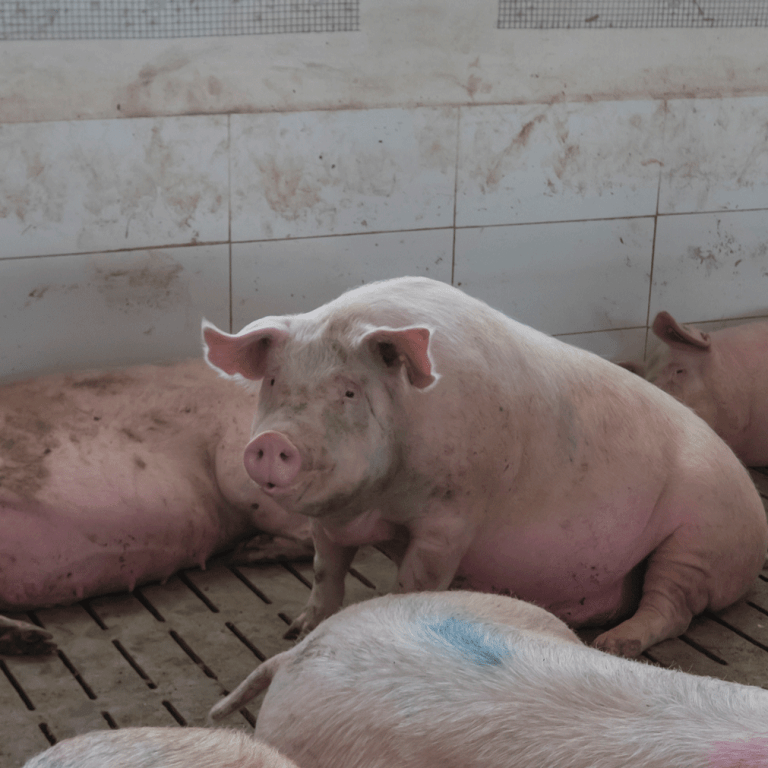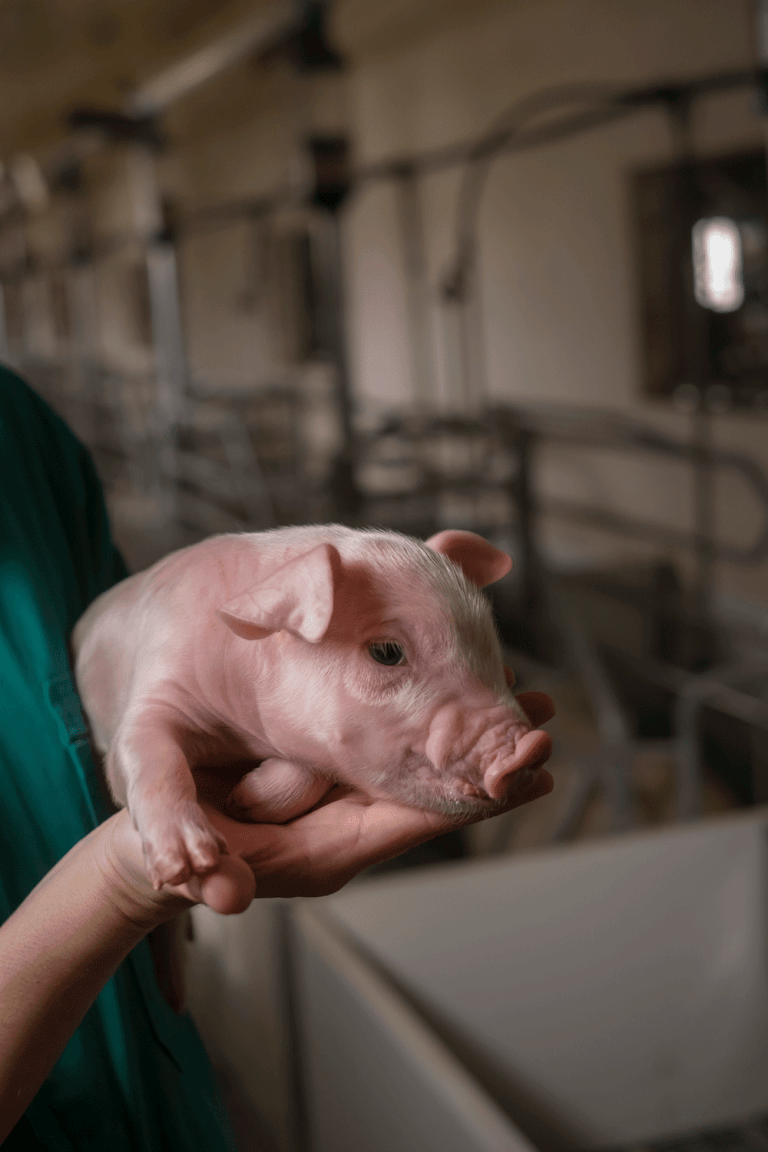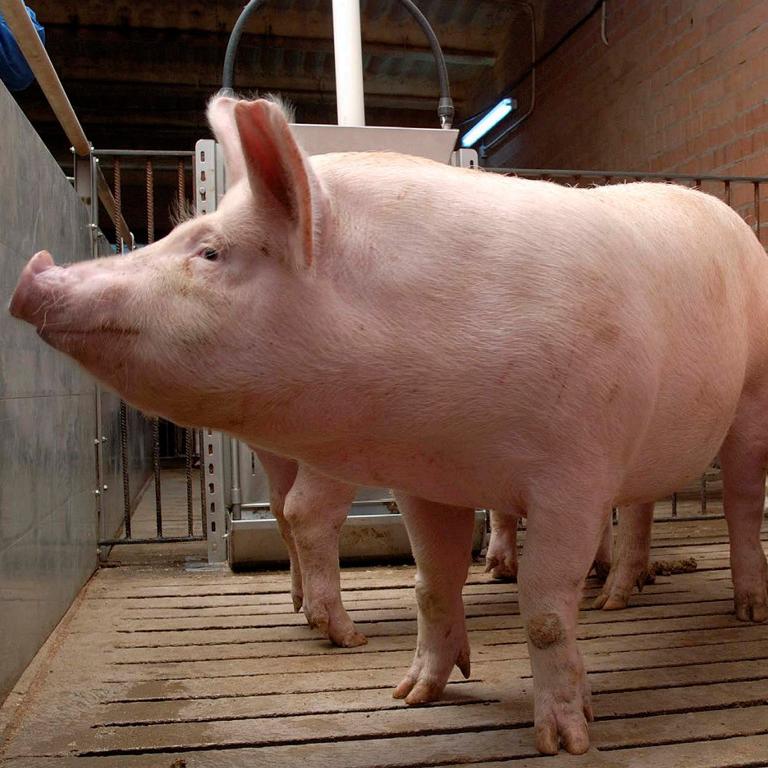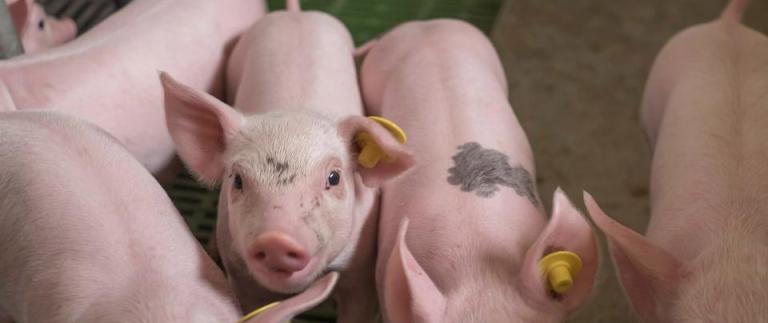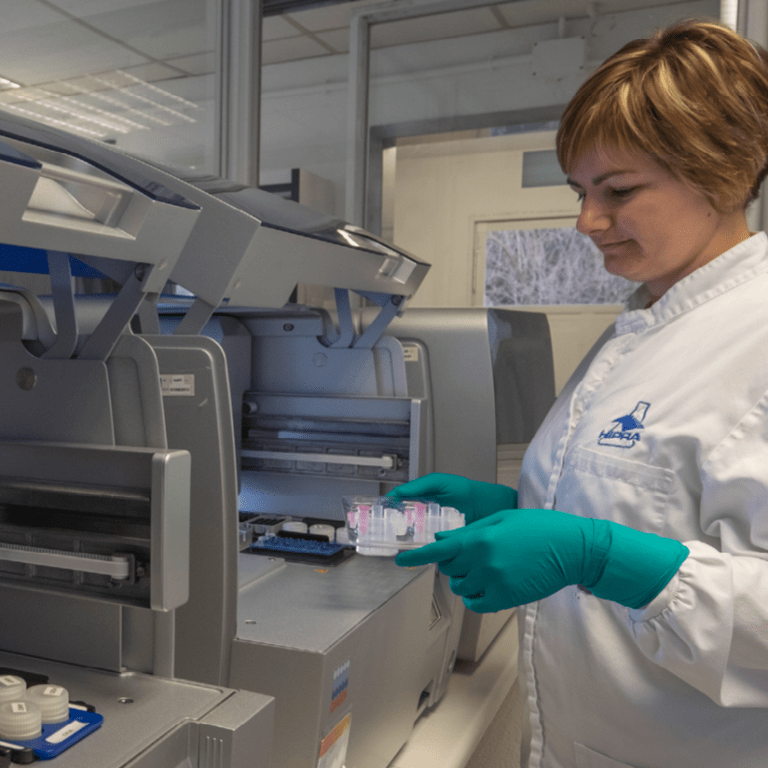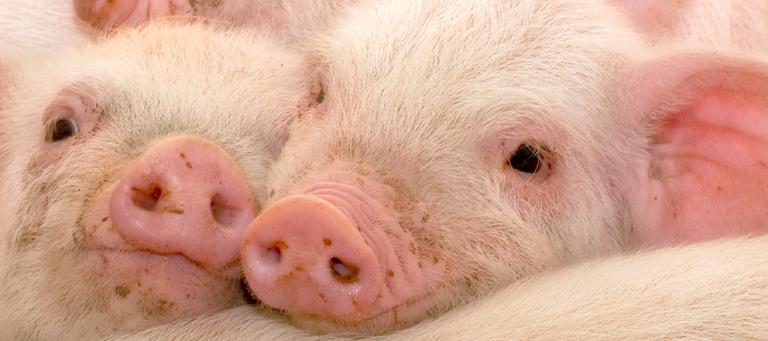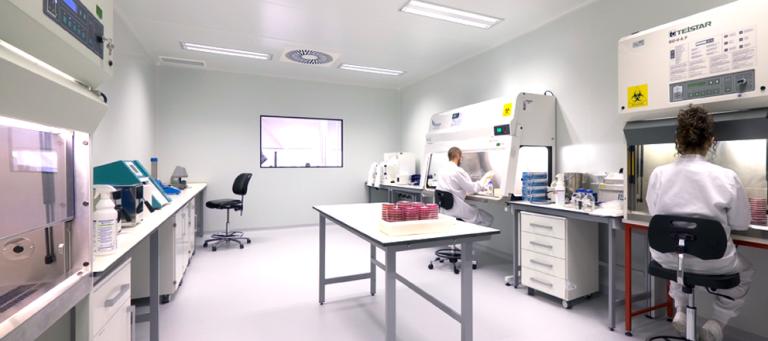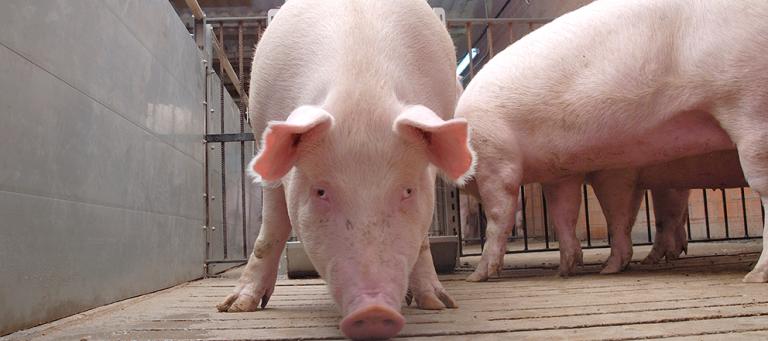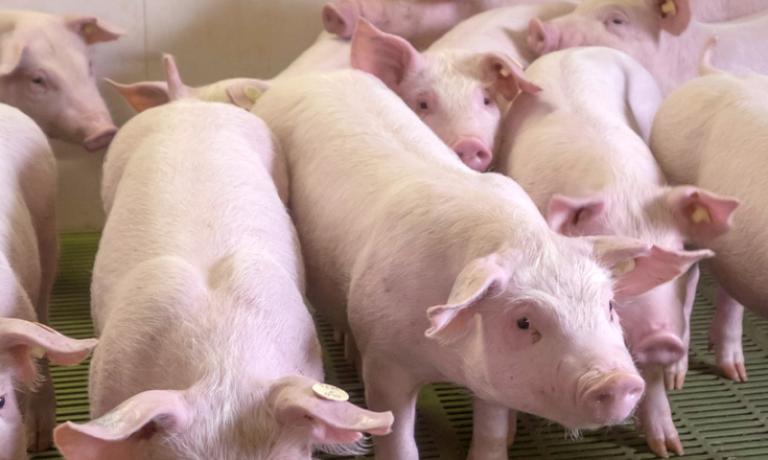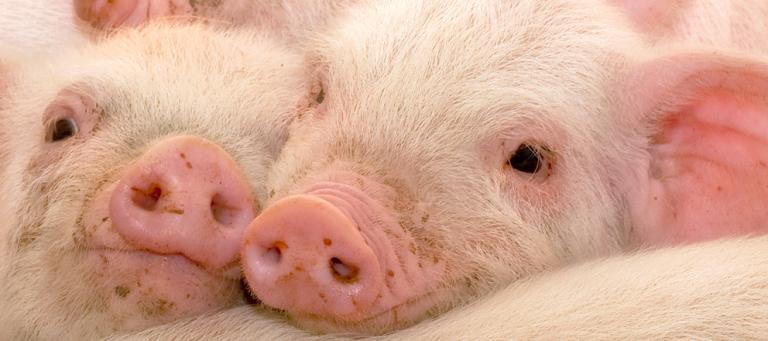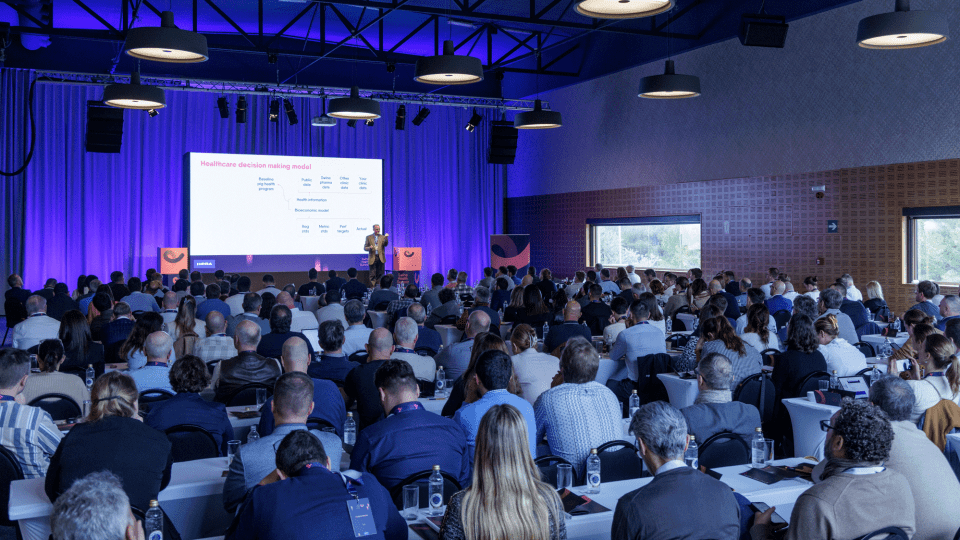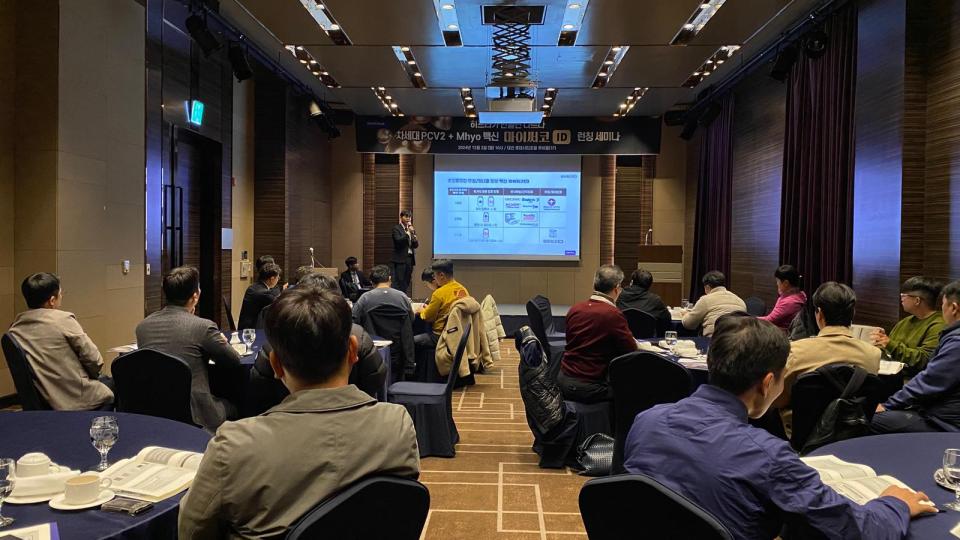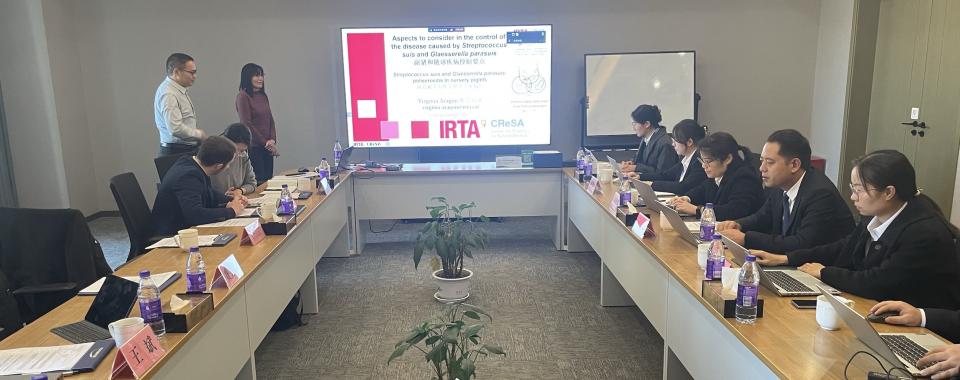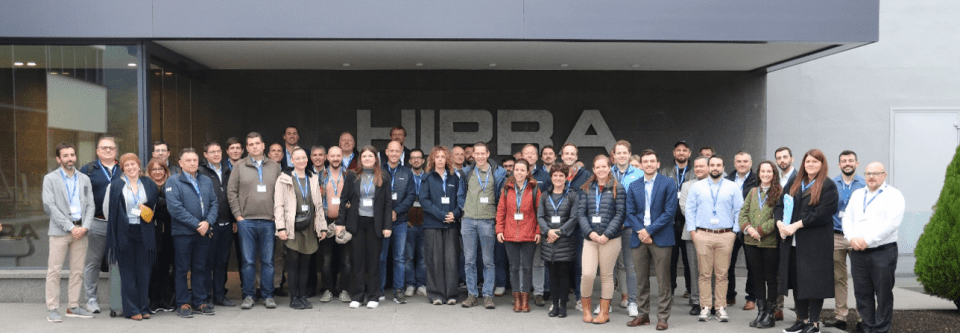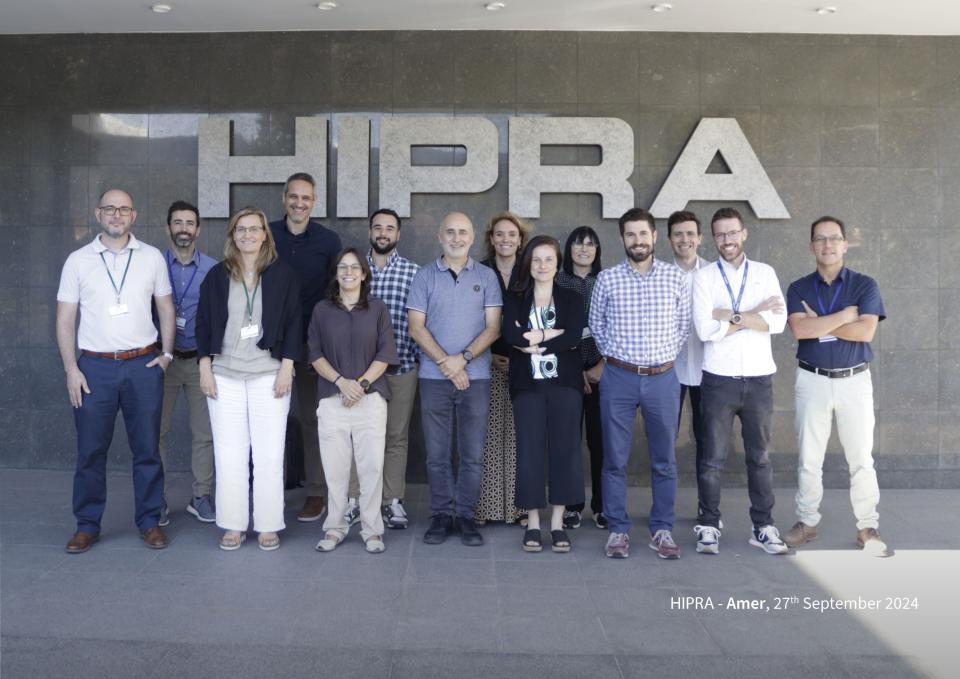Viral clearance after infection:
The role of NAs in the course of infection is a controversial issue. Several studies have suggested that for some strains, clearance of viraemia can occur without NAs, and that viraemia and viral replication can persist even in the presence of NAs. In relation to cell-mediated immunity, some studies have reported that IFN-γ may be associated with viral clearance in the absence of NAs.
Protection against a re-infection:
As has been widely discussed, levels of NAs after PRRS virus infection/vaccination are usually low or nil. Indeed, NAs effectiveness is limited against heterologous isolates since cross-neutralisation (neutralisation of a given strain by NAs induced by another strain) can be low even between similar strains. It seems that cross-neutralisation may not be strictly related to the sequences and/or number of glycosylations of known neutralising epitopes in GP3, GP4 or GP5; this has led some authors to claim that other, yet unknown, neutralising epitopes could exist. Nevertheless, although exceptions exist, it seems that the higher the amount of NAs, the better protection against re-infection.
In terms of cell-mediated immunity, several studies have related higher frequencies of IFN-γ-SC, in the absence of NAs, with clinical protection. This phenomenon has been described in sows and in piglets in terms of protection against reproductive and respiratory failures, respectively. However, it is important to point out that correlation between IFN-γ-SC and protection has not always been proven.
Role of neutralising antibodies (NAs) and cell-mediated immunity in viral clearance and protection. Some examples:
- Example I. Cell-meditated immunity and neutralising antibodies in vaccinated piglets. Two groups of piglets were vaccinated (vaccine A and B) and challenged (Ch strain). As was to be expected, vaccinated piglets did not develop NAs. In this situation, IFN-γ-SC was most likely the main mechanism in protecting against infection. Similarity between structural proteins of the vaccines (A and B) and the strain used in the challenge (Ch) was above 90%; however, it was higher between vaccine A and Ch (98.3-99.7%) than between vaccine B and Ch (92.3-98.6%). Interestingly, in this case, heterologous strain (B) provided better protection than the homologous one (A). According to the authors, this fact could be explained by the ability of each vaccine to induce PRRS virus-specific IFN-γ-SC. Source: Díaz et al. (2006).

- Example II. Cell-mediated immunity in vaccinated piglets (field conditions). Vaccinated piglets were not completely protected against infection, but the disease had a less severe course. Interestingly, higher clinical scores and viraemia were observed in low PRRS virus-specific IFN-γ-SC responders. Source: Martelli et al. (2009)
- Example III. Cell-meditated immunity and neutralising antibodies in homologous and heterologous challenges. In order to investigate the significance of each compartment in protection against PRRS virus, the homologous and heterologous immune responses in PRRS virus-infected piglets were characterised. One group of animals were first inoculated with PRRS virus strain A and three months later they were challenged with either strain A or strain B (A-A and A-B) and followed-up for the next two weeks. Another group of pigs were inoculated with strain B and challenged at three months as above (B-B and B-A).
The main results and conclusions of this study were as follows:
- Viral clearance after infection. In those animals inoculated with strain A, viraemia ceased in the absence of NAs. In animals inoculated with strain B, viraemia was longer and sustained, and coexisted for weeks with NAs. Therefore, the role of NAs in clearing viraemia could be considered as limited. Regarding cell-mediated immunity, strain A induced the highest frequencies of PRRS virus-specific IFN-γ-SC. Since NAs were not detected in this group of animals, it would indicate that PRRS virus-specific IFN-γ-SC was responsible for the viral clearance.
- Protection against re-infecion. After re-infection, virus was not detected in blood from animals previously inoculated with strain B (B-B and B-A). Some of them were actually infected, since virus could be detected in tissues after either homologous (B-B) or heterologous challenge (B-A). However, infection in these pigs was at lower intensity than in A-A and A-B animals. Therefore, as opposed to viral clearance, preformed NAs play a role in protection against re-infection. Again, since strain A did not induce NAs production, but induced the highest frequencies of PRRS virus-specific IFN-γ-SC, it would indicate that cell-meditated immunity could be responsible for limiting the duration of viraemia and the spread of the virus to the tissues when NAs are not present.

Overall, the results of this study suggested that “preformed NAs may have a protective role against infection, but animals devoid of detectable NAs may limit the spread of infection, thus indicating that cell-mediated immunity probably also contributes to protection”.




